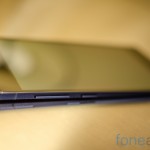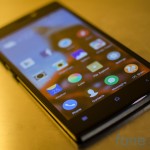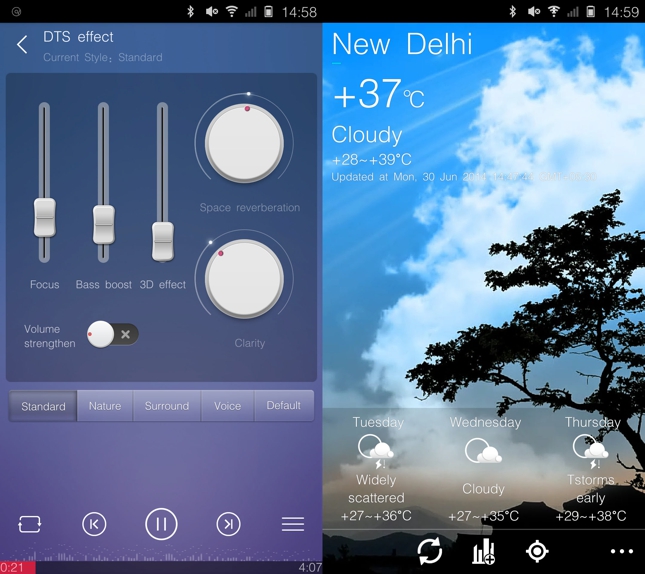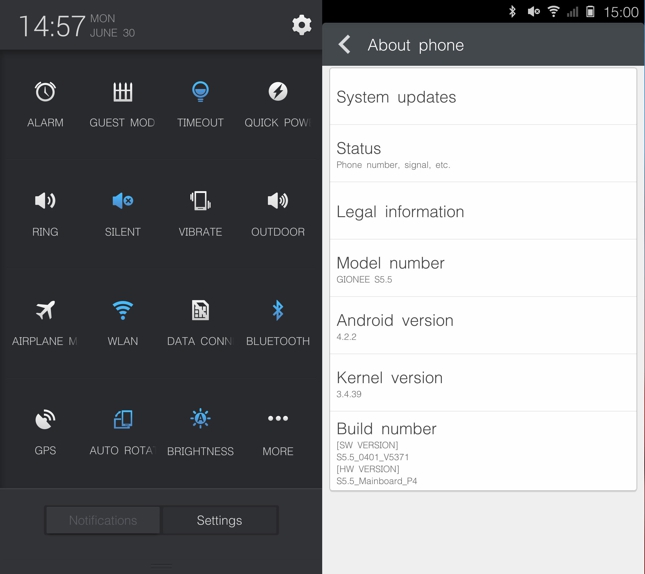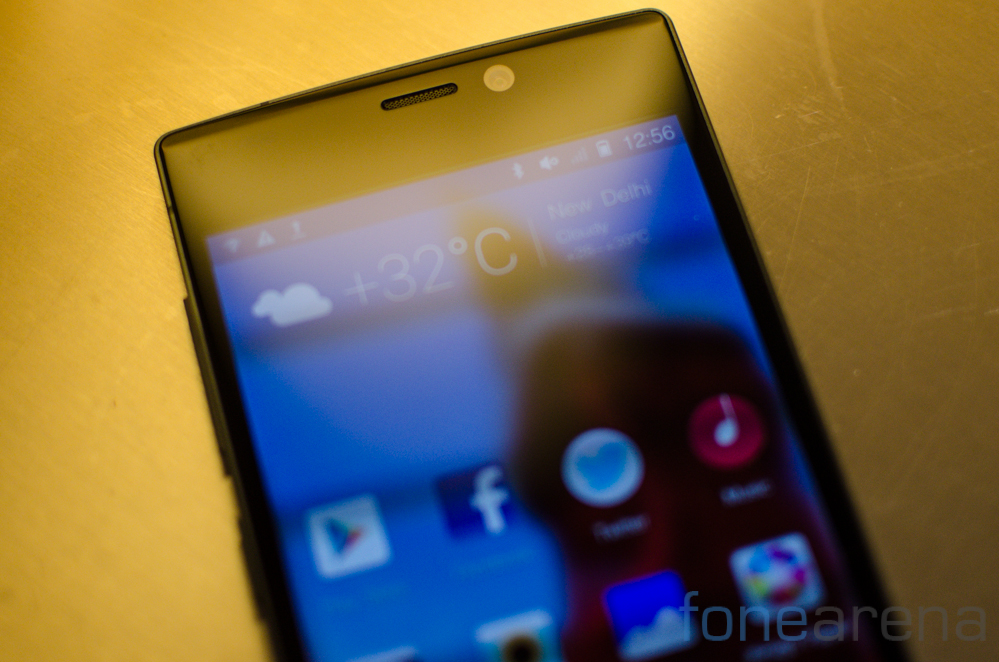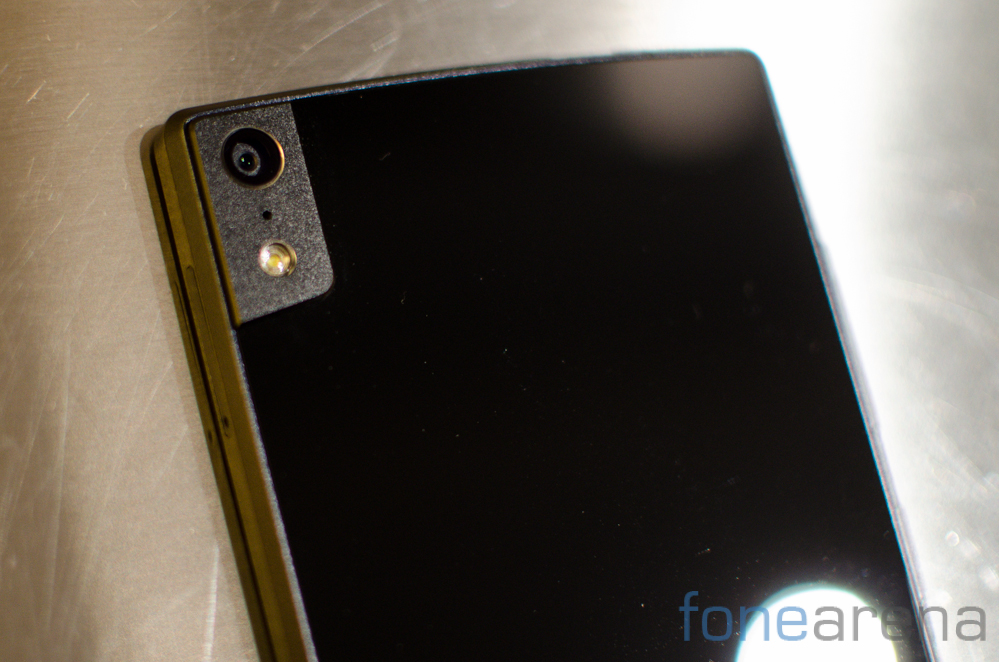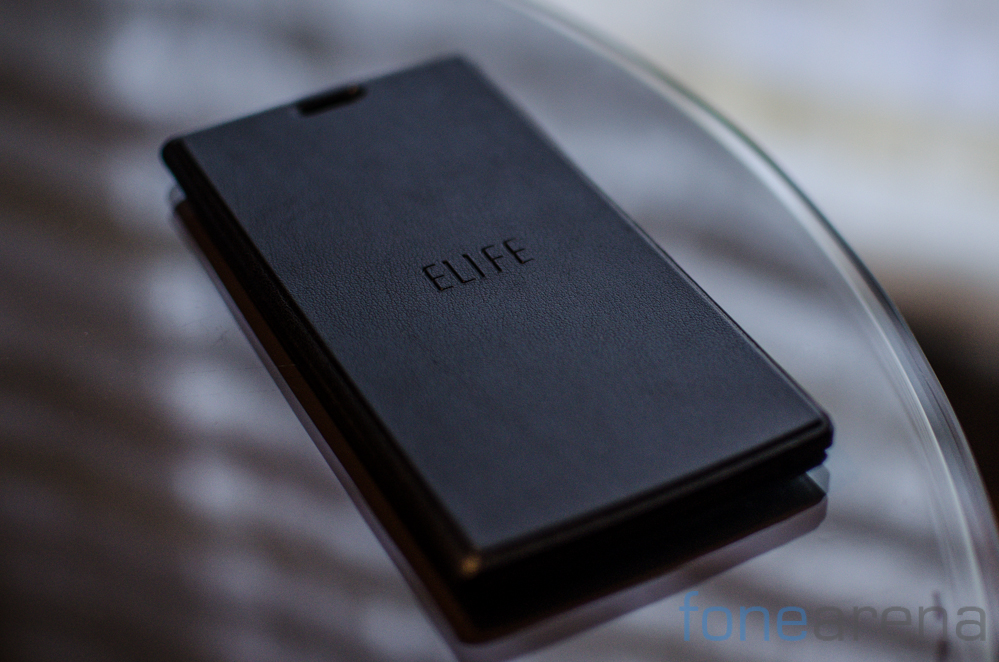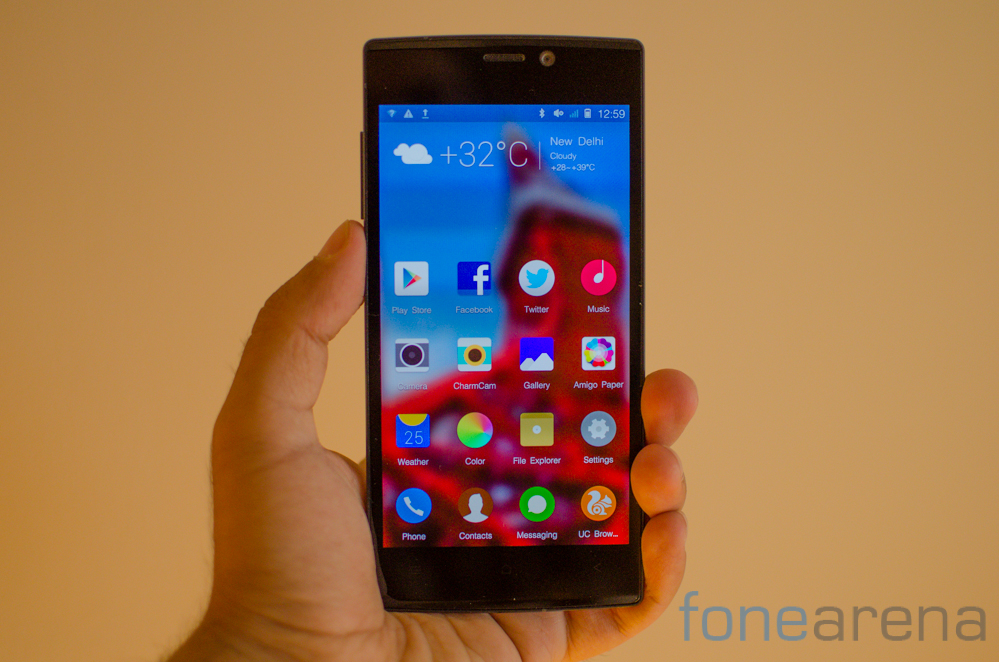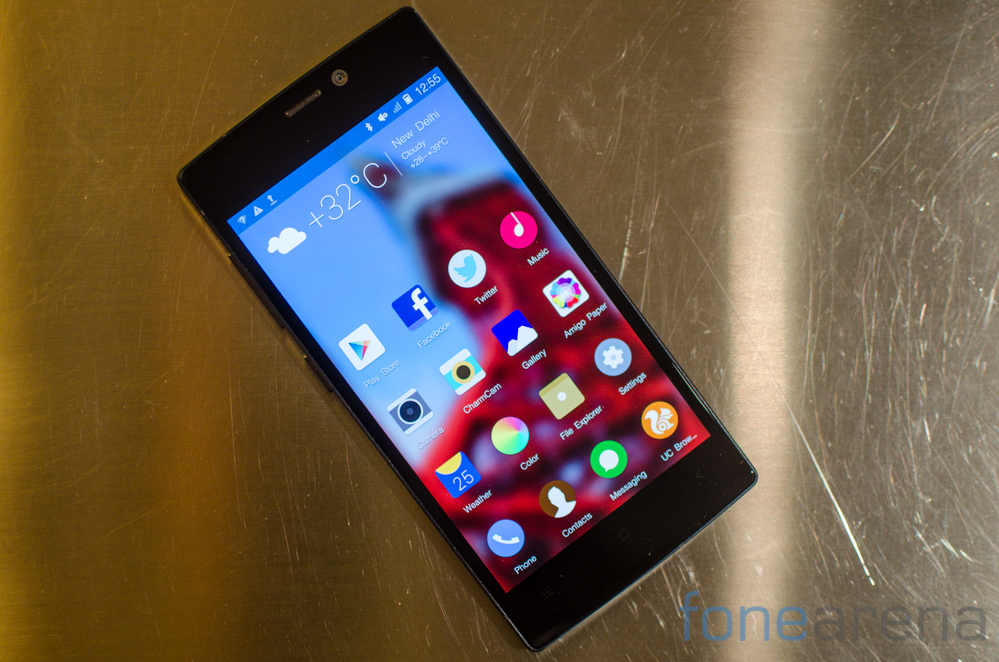
Over the past few months, we’ve been consistently impressed by the offerings brought forth by Gionee. With a focus on bringing high end specifications at a mainstream price point, the company has mostly succeeded with the likes of the Elife E6 and E7. The China based smartphone manufacturer recently announced its launch of what it calls the world’s slimmest phone. Dubbed the Elife S5.5, the USP of the phone is most definitely the aesthetics. But great looks do not make a great phone, are the internals and software up to the task of keeping up with the stellar design? Read on to find out.
Unboxing
httpv://www.youtube.com/watch?v=HeEBh0JgXlU
- 5-inch (1920 x 1080 pixels) Full HD Super AMOLED display with Corning Gorilla Glass 3 protection
- 1.7 GHz Octa-core MediaTek MT6592 processor with Mali 450-MP4 GPU
- Android 4.2 (Jelly Bean) with Amigo 2.0 UI
- 13MP auto focus camera with LED flash, Stacked Sony sensor, 1080p video recording
- 5MP front-facing camera
- Dimensions: 145.1×70.2×5.55mm; Weight: 130 grams
- 2GB LPDDR3 RAM, 16GB internal memory
- 3G, WiFi 802.11 b/g/n, WIFI Direct, Bluetooth 4.0, USB OTG GPS
- 2300 mAh battery
Video Review
httpv://www.youtube.com/watch?v=FnRA17F32oc
Hardware
Calling the Elife S5.5 gorgeous would be an understatement. Gionee has outdone themselves with the phone that opts for a magnesium alloy frame wrapped on both sides by two Gorilla Glass 3 layers.
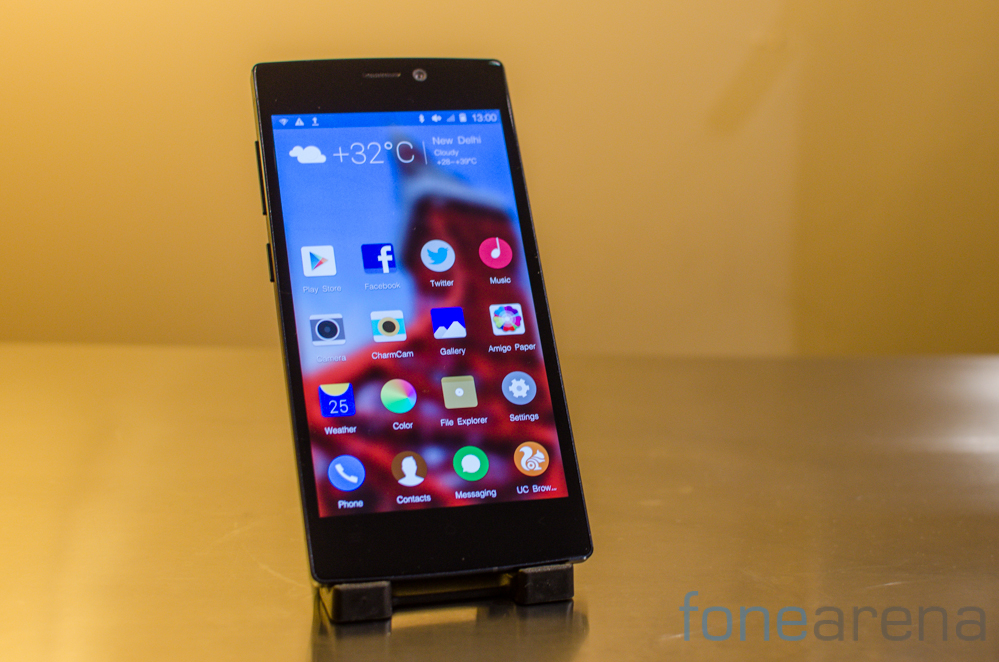
At the front you get an incredibly bright 5 inch Super AMOLED display. Below the display are three capacitive buttons. These buttons practically disappear into the ink like black fascia of the handset once the backlighting goes off. Above the screen is the 5MP front facing camera. The Gorilla Glass coating on the front of the phone gently tapers off at the edges as it melds into the straight lines of the magnesium alloy shell.
Over at the right side of the device is the microSIM card slot while the left side has the volume rocker on top followed by the power button below it. Moving over to the top you find the microUSB port while the 3.5mm audio jack is located at the bottom. Above, below and on the right side you can spot strips running through between the alloy shell to improve and assist GSM radio performance, as the glass and metal shell would otherwise restrict the antennae.
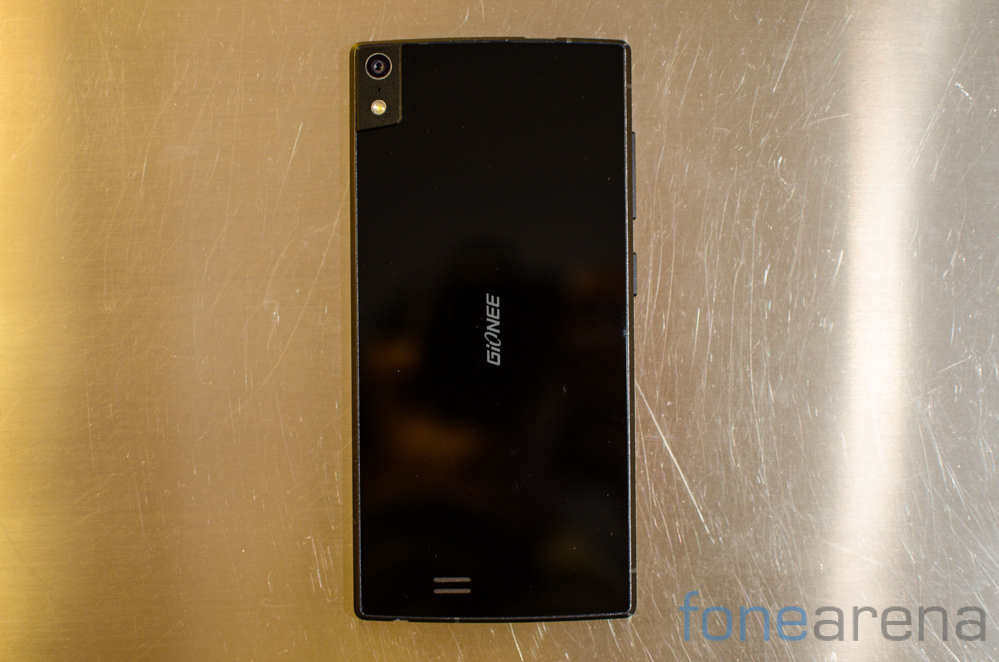
The phone measures in at 145.1 x 70.2 x 5.5mm which arguably makes it the slimmest device in the world. Worth noting is that the camera module sticks out from the shell about a millimeter or so. The back of the phone too is Gorilla Glass 3 with Gionee branding running down the middle. We believe that the phone is extremely good looking but the metal shell can prove to be a bit too sharp edged making it dig into your palms. The phone is also deceptively light at just 129grams. Over all a brilliant feat of engineering when it comes to hardware.
Software
As on other devices by Gionee, the software remains a mixed bag. While not a bad interface per se, we feel that the company has taken too many liberties with it. A lot of the customization abilities of the interface have been stripped from the phone making the UI an iOS clone to an extent.
The customized interface is based on Android 4.2.2 and is know as Amigo OS 2.0. The phone is receiving an update to Android 4.4 KitKat as we speak. While simple, these customizations runs deep and bring several additions to the operating system. Starting from the lockscreen, you have a clean interface that can be swiped over from the right to show a pane with widgets. You can activate the camera and use the viewfinder through the lockscreen widget itself. There are also shortcuts for a voice recorder and torch placed here. Moving on to the homescreen, users get an iOS inspired plain canvas to play around with. A fixed weather widget is placed at the top and installed apps are placed on the homescreen itself as there is no concept of an app drawer here. Up to 9 homescreen panels can be set up but unfortunately it is not possible to install widgets here.
The all pervasive customizations can be manipulated to an extent by using the built in theme selection app. As mentioned earlier, while the OS has been built on top of Android 4.2.2, this is a very significant fork which adds a lot to the core OS.
Over all, Gionee has done a decent job with the interface though we’d much rather see a more stock Android like appearance. Where the interface wins is in simplifying operations for new users. The lack of a homescreen to app drawer hierarchy seems trivial but goes a long way in easing use for the average buyer. Additionally, the range of apps built in bring a fair few features to the table. That said, Amigo OS could do with a bit more polish keeping in mind the not insignificant amount of lag that persists throughout the interface.
Performance
The Gionee Elife S5.5 runs on the MediaTek MT6592 processor that pairs a 1.7Ghz octa core processor with a Mali 450MP GPU. On paper, this combination is potent enough for most usage scenarios but less than stellar optimization means that interface lags are all too evident. The MediaTek MT6592 processor offers a combination of 8 Cortex A7 cores that work via Heterogenous Multi Processing to offer a fairly high level of processing capabilities. The chip set also offers hardware acceleration for VP9 and H.265 based media. Moving on towards synthetic benchmarks, we find that the handset ranks favorably amongst the competition.
httpv://www.youtube.com/watch?v=nlEQJ-CTBk4
As always benchmarks are only indicative of real life performance and there are a lot of factors in place that can skew the actual experience. Scroll down further to see some of the key benchmark scores.
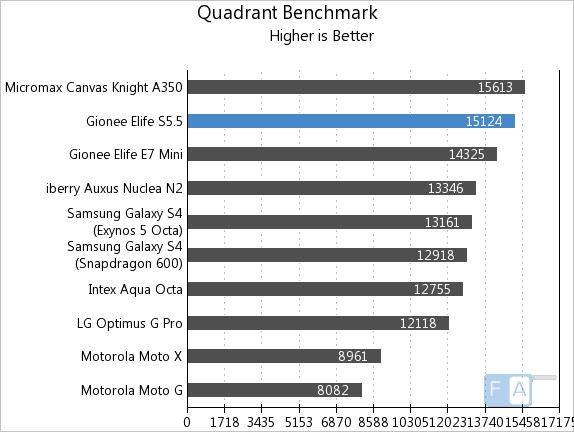
In the Quadrant benchmark, the Gionee Elife S5.5 scores 15124 points which places it at the second position in its category. The Quadrant benchmark is an all encompassing tool to calculate a smartphone’s performance across various factors including the CPU, GPU.
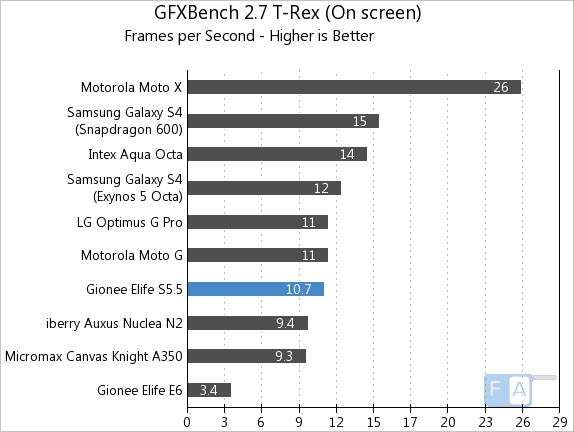
In the GPU centric GFXBench 2.7 T-Rex benchmark, the phone managed 10.7 FPS which is about par for the category. Not exceptional performance but the phone does well for its category of devices. Overall the Gionee Elife S5.5’s performance isn’t going to blow you away nor is it bad enough to warrant giving the handset a miss. We do feel that the interface could have been a tad bit more polished and optimized but the handset is powerful enough to plow through almost anything you throw at it.
Display
A 5 inch Full HD display can be seen up front and center on the Elife S5.5. The display has a pixel density of 441 ppi. The panel is of the Super AMOLED variety which means that black levels are as deep as they can be and colors are bright if not a bit oversaturated. Additionally, the screen is also exceptionally bright. We regularly found ourselves tuning down the brightness levels when indoors.
This also means that the phone is easy to use outdoors even in bright sunlight. The hyper glossy fascia of the phone can occasionally cause a bit of trouble with viewing onscreen contents but cranking up the brightness helps mitigate this issue. We found the screen to be most excellent for media consumption given the high saturation and brightness levels which makes multimedia content look very appealing.
Camera
The Gionee Elife S5.5 is equipped with a 13MP camera that has an LED flash next to it for low light shots. The camera interface is quite interesting with a very feature rich but difficult to control layout. The software enables a lot of features like white balance, exposure compensation, ISO, a range of capture modes, self timer interface as well as dedicated shooting modes. The camera module itself sticks out from the body of the phone which can make it prone to scratches but the company has used toughened glass on the lens to prevent this.
Coming to actual image quality, the phone delivers crisp and natural looking shots but we found the noise reduction algorithms to be overtly aggressive.
Images are more than passable and the macro shots are good though a bit too slow to get a focus lock. Due to the aggressive noise reduction as mentioned above, a lot of details are lost when you view images at 1:1 magnification or when cropping in. The phone shoots videos at 1080p resolution at 24 frames per second. Videos shot on the phone were average at best due to occasional dropped frames. The camera also hunts to get a focus lock while the low bitrate drops the quality further. Videos are stored in the 3GP format.
httpv://www.youtube.com/watch?v=e6VB9gLYkwU
Battery Life, Connectivity & Miscellaneous
A 2,300 mAh battery powers the Gionee Elife S5.5. The company has rated the phone for 11 hours of talk time. In our usage we would usually get till the evening before the phone had to be topped up. We could achieve just over 5 hours of video viewing on the phone while browsing the internet brought down usage time to just about 4 hours. This proves well below average in our opinion and with active usage, you will definitely have to top up the phone every night.
Connectivity features on the device range include a triband 3G radio which supports downloads speeds of up to 42Mbps. Additionally you get WiFi b/g/n, WiFi Direct, Bluetooth 4.0, GPS and GLONASS as well as an FM Radio. There is no LTE connectivity nor is there NFC built in. The micro USB port supports USB OTG so you can connect your USB drive to the phone. Extended usage of the phone and especially the camera causes the phone to heat up a lot. This is a behavior that was particularly common while gaming. While never entirely too hot to touch, it occasionally does reach uncomfortable levels. The phone also ships with a very appealing flip cover made of a leather like material. The cover feels quite good in the hand and is somewhat essential given how the glass front and back are fairly susceptible to scratches.
Conclusion
The Elife S5.5 is easily the most visually appealing phone to have been launched in recent times and we are pleasantly surprised to note that it comes from a relatively new entrant like Gionee. The excellent construction and gorgeous display swayed us towards the phone but extended use made us rethink about the device.
Battery life is decent but not very good and it is hard to get through a full day of use. Amigo OS 2.0 isn’t the most optimized piece of software which results in lags and frame rate drops while navigating the UI. Sure you can get around this by using a different launcher but that’s not really the point. That said, prospective buyers will essentially have to weigh between looks, decent camera against a not so great battery life and less than stellar performance. Our view? The phone is definitely worth a look if you don’t have an exacting usage pattern and design matters a lot to you.
Pros
- Design & Construction
- Camera
- Display
Cons
- Average performance
- Battery Life
- Video quality

